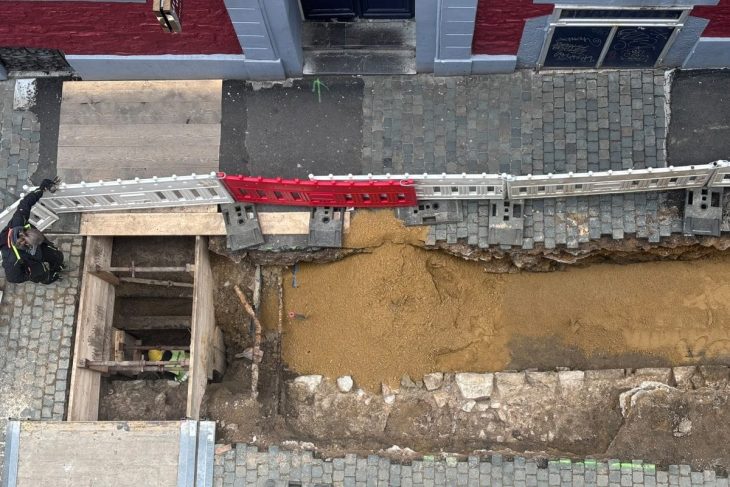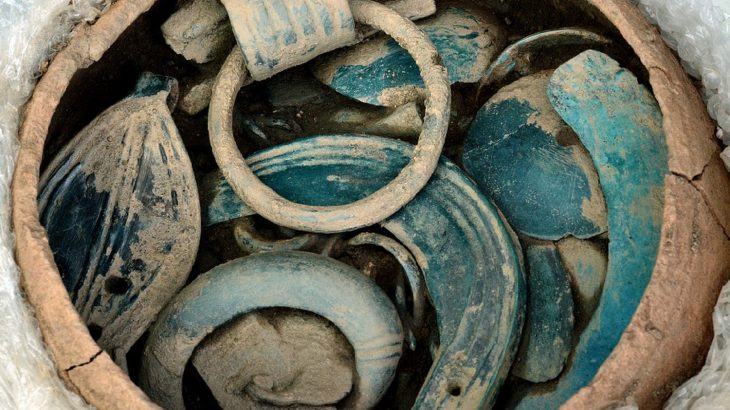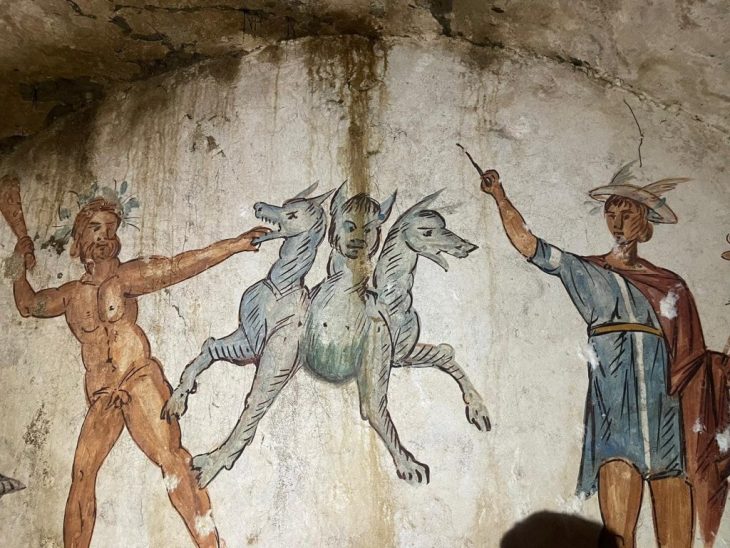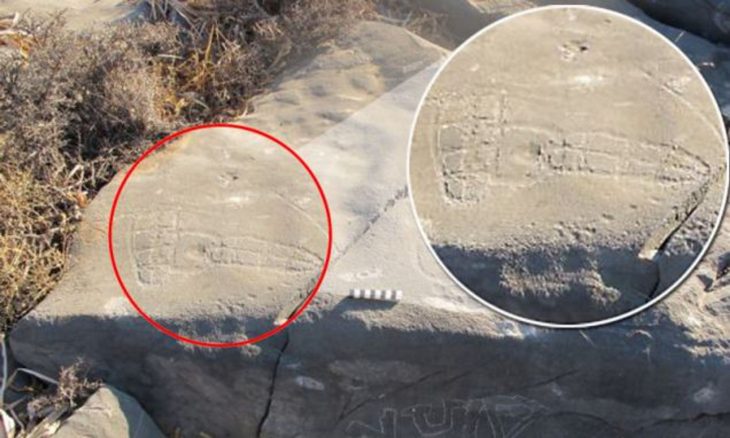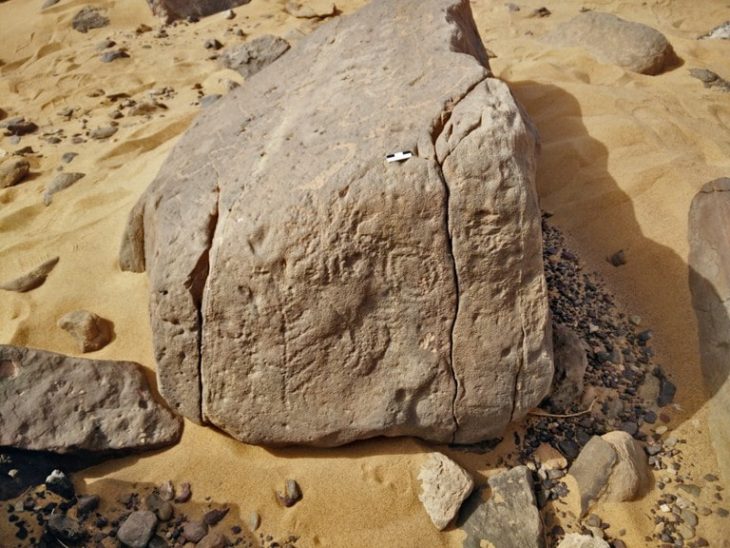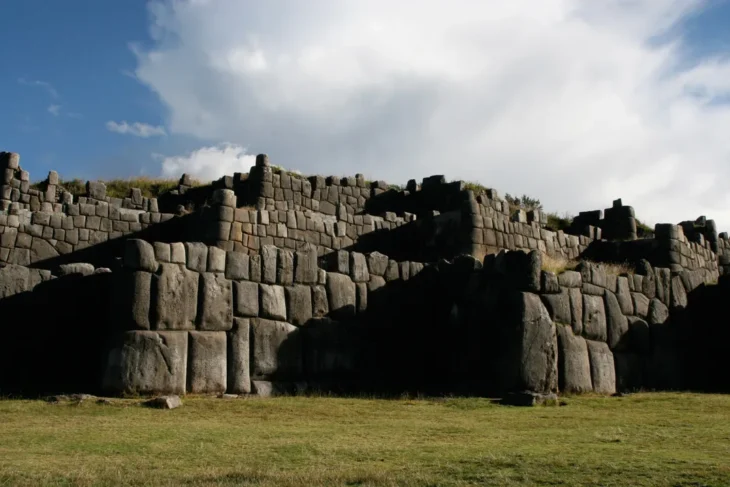A “lost” 4,000-year-old wedge tomb has been rediscovered in County Kerry, in the peninsular southwest region of Ireland.
The megalithic tomb, known locally as Altóir na Gréine (the sun altar), was believed to have been destroyed in the 1840s, with its stones broken and carried away for use as building material.
Lady Georgiana Chatterton, an English aristocrat and traveler, sketched the monument when she visited the site in 1838. She described the site as a “curious piece of antiquity,” suggesting it was used for Sun sacrifices.
However, when the antiquarian Richard Hitchcock came to West Kerry to inspect the tomb in 1852 he found the monument no longer existed, “the stones which composed it having been broken and carried away for building purposes as if there were no others in the neighborhood”.
Although a 19th-century record of a burial tomb was found close to Baile an Fheirtéaraigh, the precise location of the monument has been lost. But now the tomb has been rediscovered, dating back about 4,000 years.
However, the 180-year-old mystery has now been solved by folklorist Billy Mag Fhloinn.
The folklorist has not only found the prehistoric site, but he has also discovered some of the large stones, which had been believed to have been removed, still in situ.
Mr Mag Fhloinn had long been fascinated by Ms Chatterton’s sketch and Altóir na Gréine’s association with the sun in local folklore and he set about searching for the “lost” tomb on the slopes of Cruach Mhárthain.
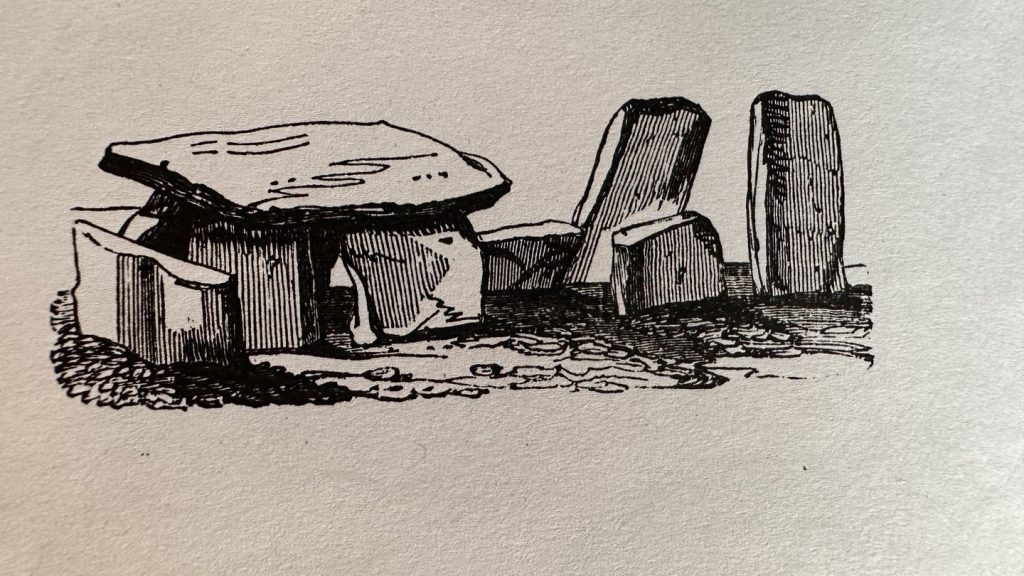
Local folklorist Billy Mag Fhloinn first recognized stones on a hill’s crest as part of a recent archaeological mapping project, and he later compared this hill with the one Lady Chatterton drew. Several large upright orthostats and a capstone were discovered during Fhloinn’s primary research, refuting local legends that the tomb was completely destroyed in the middle of the 19th century.
Archaeologist Caimin O’Brien, the National Monuments Service in Dublin, confirmed that the stones represented about a quarter of the original Bronze Age wedge tomb, dating between 2500 BC and 2000 BC. Wedge-tombs are the most numerous megalithic burial structures found on the Dingle Peninsula.
Folklorist Mag Fhloinn believes “the taboo” surrounding the destruction of such tombs is related to 19th-century beliefs “in bad luck or disaster associated with their demise”.
“They are usually positioned on high ground, but not the highest point. There’s often certain alignments associated with them. Quite often the opening tends to look towards the west, or the south, or the southwest,” said Mr Mag Fhloinn.
“Usually you will find cremated remains of people inside and they probably represent the burial place of a significant family or community group.
“But they could have been used for other things as well, ceremonies and rituals for example. They may have cosmological and astronomical significance in the case where they are facing the setting sun in the west and southwest.”
“For the first time in over 180 years archaeologists know where the tomb is situated and it will enhance our understanding of wedge-tomb distribution,” said Caimin O’Brien, an archaeologist with the National Monument Service.
The rediscovered tomb of Altóir na Gréine will also form part of a deep-mapping project being carried out on the peninsula by Sacred Heart University.
Cover Photo: Billy Mag Fhloinn with the remnants of the tomb. Seán Mac an tSíthigh/RTÉ News



